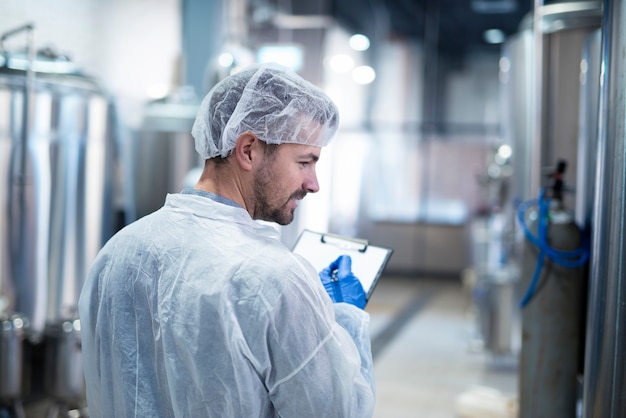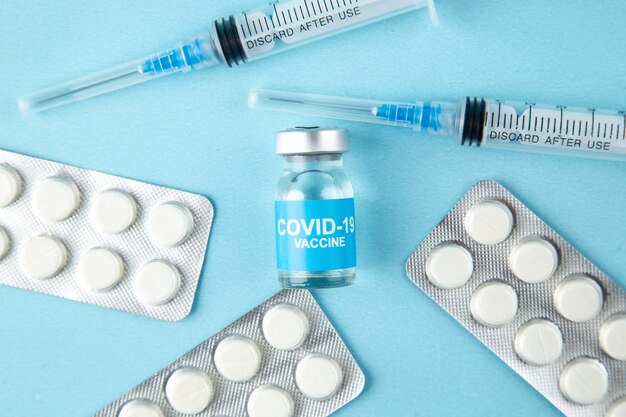
Ensuring food safety and preventing foodborne illnesses require maintaining high standards of food hygiene and safety practices. Even those trained in food hygiene can sometimes overlook basic food safety principles in everyday cooking. Whether you’re managing a professional kitchen or cooking at home, steering clear of common mistakes can lead to a safer and healthier environment.
1. Hand Hygiene: Proper handwashing is one of the simplest yet most neglected practices in food safety. A quick rinse isn’t enough; it’s essential to scrub hands with soap for at least 20 seconds, especially before cooking and after handling raw foods like meat, poultry, or seafood. This helps prevent the spread of harmful pathogens like Salmonella and E. coli.
2. Cross Contamination: Bacteria from raw food can transfer to cooked or ready-to-eat items if the same tools or cutting boards are used without cleaning them between uses.
3. Ignoring Expiry Dates: It’s easy to overlook expiry dates, but eating food past its expiration can pose serious health risks. Expiry dates indicate when food is no longer safe to consume.
4. Incorrect Food Storage Temperatures: Storing food at improper temperatures allows bacteria to grow. Keep perishable items refrigerated below 5°C to prevent bacteria from thriving.
5. Thawing Food at Room Temperature: Leaving frozen food on the counter to thaw can encourage bacterial growth. Thaw in the fridge, under cold water, or in the microwave instead.
6. Importance of Personal Hygiene: Personal hygiene is as crucial as food hygiene. Contaminants can be introduced when food is handled by someone who is ill or wearing dirty clothes.
7. Cooking Temperatures: Cooking at the correct temperature kills harmful bacteria. Use a food thermometer to ensure the right internal temperature, especially with meat.
8. Cleaning Utensils: Using the same utensils for raw and cooked food without cleaning them can lead to cross-contamination.
9. Washing Produce: Fruits and vegetables might look clean but can harbor harmful bacteria or pesticides. Thoroughly wash all produce under running water.
10. Cleaning Kitchen Surfaces: Not regularly cleaning kitchen surfaces, especially after preparing raw food, can lead to contamination of other foods.
In conclusion, food safety is about protecting your health and others’. By avoiding these common mistakes, you can make sure that the food you prepare is both safe and nutritious. Being proactive about food safety can help you master safe cooking techniques.









